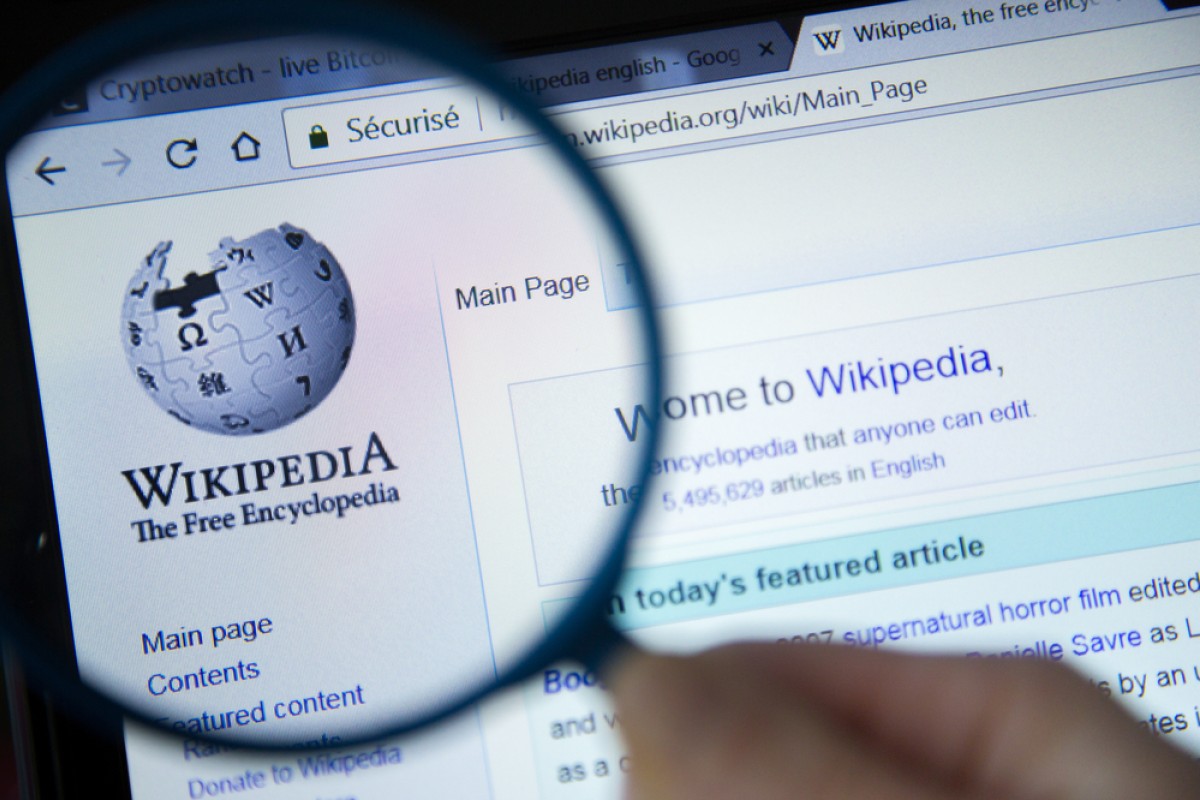
5 tips on using Wikipedia for your homework - our guide will help you find reliable information and avoid traps
Yes, the website gets a bad rep, but that doesn’t mean it can’t be an incredibly useful resource. You just need to know how to use it wisely

Your teachers may ask you not to use Wikipedia for your school work, but it can be a very powerful tool if you know how to use it properly.
Whether you are researching for IB’s Extended Essay assessment, or just tackling regular schoolwork, here are some top tips on how to become a Wikipedia pro:
Don’t cite Wikipedia, go to the source
When writing academic essays, you need to cite the sources of your information. This means you need to state exactly where the information in your work comes from.
Do not reference Wikipedia as a source for your information. Anyone can edit a Wikipedia page, and you can’t be sure that information hasn’t been changed from its original source. Plus, your teachers will hate it.
Instead, use Wikipedia as a starting point to find more reliable sources. Information in a good article will have what’s known as a citation, indicated by a small number at the end of a sentence. These citations link to the original sources of the information, which can be books, articles in journals, official reports, or other reliable websites. You can read and reference these materials in your work.
Find and use reliable articles
Wikipedia articles are graded based on their quality and the reliability of information. When doing background reading or looking for other reliable sources, the best types of articles are Good Articles and Featured Articles. These are represented by either a green plus symbol or a gold star on the top left of the screen. These articles have passed official reviews, so are considered to have a good to professional standard of research and writing, and contain reliable information.
You can trust these articles to give you very good background knowledge about the topic you are researching, and to contain links to a variety of reliable sources.
Be aware of less reliable content
The rest of Wikipedia’s articles are normally graded A, B or C. B and C grade articles are okay for casual reading, but might have gaps in information and dips in quality that make them risky to use for serious research.
Other articles can be labelled “Start” and “Stub”. These articles are poor quality, incomplete and have bad sources, if any at all. When researching, you should approach these articles with extreme caution, or just avoid them all together.
To find out what grade an article is, click the “Talk” button on the top left of the page and read the notes summarised by the page’s editors.
Always be ready to fact-check
Wikipedia also uses labels in articles that help you to determine the reliability and quality of the content.
One label you are likely to find is “Citation Needed” at the end of a sentence.
This label doesn’t necessarily mean that the claim in that sentence is incorrect, it just means a reliable source hasn’t been cited to verify it.
Even so, don’t just assume the claim is correct, but instead be prepared to do more research and fact-checking when you come across this tag.
Even if you don’t see a Citation Needed label, it is always a good idea to check multiple sources of information to be sure the facts are correct. You should also use your own judgement and check facts that sound dubious or obviously incorrect, rather than just mindlessly copy whatever you see.
Read the warning signs
You might find different warnings at the start of an article displayed in a coloured box. These may highlight issues with the article’s neutrality, lack of sources, accuracy, or indicate that the page is out of date.
The warnings will outline in a few sentences the major problems with the article that still need to be addressed. Be sure to take this into account when reading the article, and as always, be critical of any information you read.